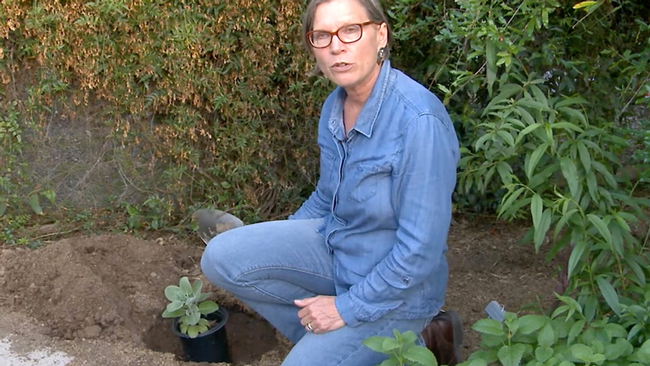Planting Native Plants

• When planting natives, it is important to fully soak the soil before planting.
• The hole should be the same depth as the pot and twice as wide.
• The plant should be placed so that it is slightly (1/2 inch) above the surface of the soil.
• Backfill the hole with the native soil – and pack it down well.
• Water thoroughly after planting.
• Apply a 2 inch layer of mulch, leaving 3 to 4 inches of space around the crown (where the roots meet the stem).
• Watch this video to see the process in action (this method of planting works for non-native plants as well).
When to plant
While spring is the best planting time for summer vegetables and many non-natives, the best time to plant natives is in the late fall, when the rainy season starts. This is true for scattering seeds of annual wildflowers, planting native bulbs, and transplanting plants from nursery containers.
Patience required
Native plants do better when started from smaller containers, and they may be slower in putting on top growth during the establishment period. Don’t crowd them –give them the space they need to reach their mature size.
